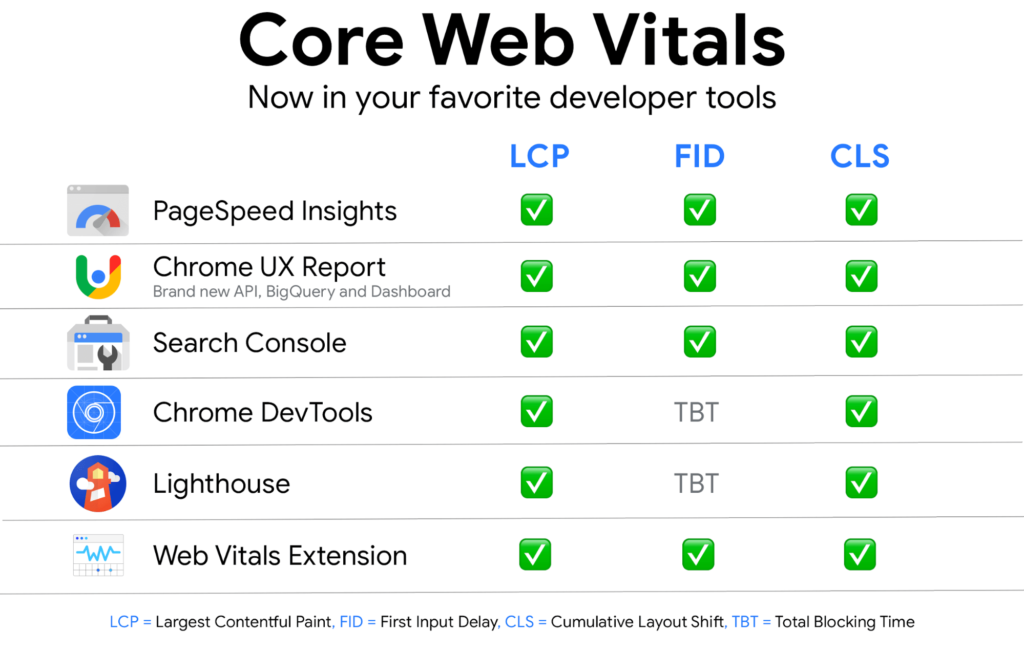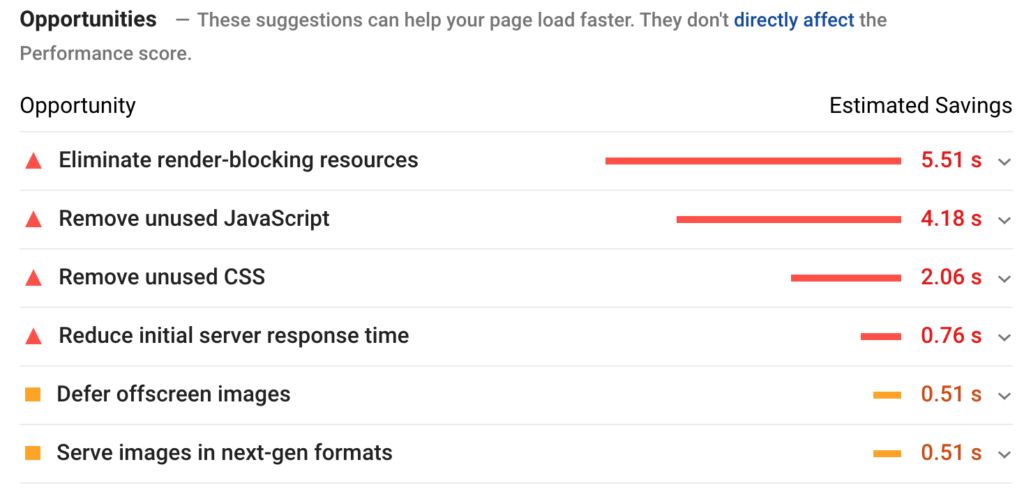In May 2020, Google announced a new algorithmic update that measures the page experience of a website. Later the search giant confirmed it is becoming a ranking factor starting May 2021.
While content marketers revere search as a distribution channel, most are notorious for ignoring the technical aspects of their website.
Enter Google: the biggest source of referral traffic on the web. Their specialty? Relentlessly caring about their users.
And with the addition of Core Web Vitals (CWV) to the page experience signal, Google wants businesses to start caring about their websites’ user experience.

What does it mean for you as a content creator? How can you ensure your website doesn’t tank in rankings? Here’s a simple guide to help you make sense and prepare for the page experience update:
Use Tools for Optimizing your Page Experience
Even before the above announcement, these factors were already deemed important user experience criteria and factored into search rankings:
- mobile-friendliness,
- HTTPS security,
- usage of intrusive interstitials.
However, Google has now formalized page experience attributes related to speed, responsiveness, and visual stability into metrics.
Also, Accelerated Mobile Pages (AMPs) are no longer the eligibility criterion for Top Stories — page experience metrics will be taking their place.
These aspects make your job easier as you can improve on these attributes using software. The Alexa on-page SEO tool is a great starting point for optimizing the visitor’s experience on your website. It checks for accessibility, linking, and responsiveness of any page you put inside it and makes recommendations on what needs work.
I plugged an article from my website along with its target keyword inside it:

And it made the following optimization suggestions for the body content of the article.

Also, check your Core Vitals Report for your website (available on Google console). In my website’s report, 55 URLs showed a need for improvement.

For drilling down on the specific issues, you’ll need to access other tools, including PageSpeed Insights and Lighthouse.

PageSpeed Insights, for instance, returns with opportunities to make a specific page on your site load faster. Here’s a screenshot of the results of a page from my site I plugged into it:

Many of the page experience factors were already well-known to seasoned SEOs as they were implemented in various search updates. But let me sum up a few ways besides using the above tools to ensure a smoother page experience:
- Lessen your website’s loading time by enabling website caching, compressing images, and buying a more premium hosting with better performance.
- Present your content better by crafting custom graphics, choosing more elegant font combinations, and increasing the font size to make it legible. Where relevant, add tables of contents, bullets and numberings, and multimedia. Make your content interactive and scannable for the average web user.
Remember, “Great, relevant content” Reigns Supreme
Sure having a page that loads fast and ticks the CWV boxes is amazing. But it won’t mean a thing until you’ve satisfied the user intent for the keywords you target. Low, thin-quality, and irrelevant content still won’t work in the blanket of providing a robust user experience.
Take it from the horse’s mouth — the search giant in their announcement said — “a good page experience doesn’t override having great, relevant content.”
Pages providing the “best information overall” will continue to rank in search results — even if their page experience isn’t ideal. Ensure your content is high-quality — answering all the questions of a user on the subject. It should also be factually correct and error-free (putting it in a grammar software such as Grammarly helps).
You might indeed need to produce multiple pages around a subject to prove to Google that you’ve “topical expertise” on the subject.
Author, entrepreneur, and the founder of Content Hacker, Julia McCoy, explains, “To establish authority in the search engines, you’ll need to prove you know something about a topic. That doesn’t mean posting one or two articles on the subject and calling it good. The average content pillar has been 2,000 and 10,000 words with 6-8 sub-topics (or pages) linked.”
She further emphasizes the importance of crafting content with a purpose, “People use search engines to find answers to problems, but only 21% of searches lead to more than one result getting clicked. If your copy isn’t laser-focused on achieving a specific result (like solving the problem that person searched for), you won’t make it to the top of the list.”
See how you establish relevance for keywords?
Remember that no kind of content has a lifelong shelf life — even the “evergreen” pieces you created for search engines.
It’s debatable whether Google uses “freshness” as a ranking signal. But certain people will appreciate updated and current content: your prospects and customers. Indeed more bloggers now update old content regularly, and those who do are 2x more likely to report “strong results.”

So include regular content updates for your top converting articles in your content calendar — it will ensure they remain relevant.
Final Thoughts
Google’s job is to help its users reach their goals. As a business owner, you should also focus on your customers. Providing them a great experience on your site will not just get you in the good books of Google, but also your customers.
What tools and strategies are you relying on to prepare for Google’s page experience update? Let me know in the comments below.
This is a Contributor Post. Opinions expressed here are opinions of the Contributor. Influencive does not endorse or review brands mentioned; does not and cannot investigate relationships with brands, products, and people mentioned and is up to the Contributor to disclose. Contributors, amongst other accounts and articles may be professional fee-based.

